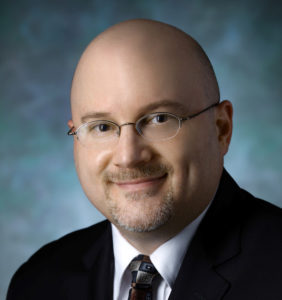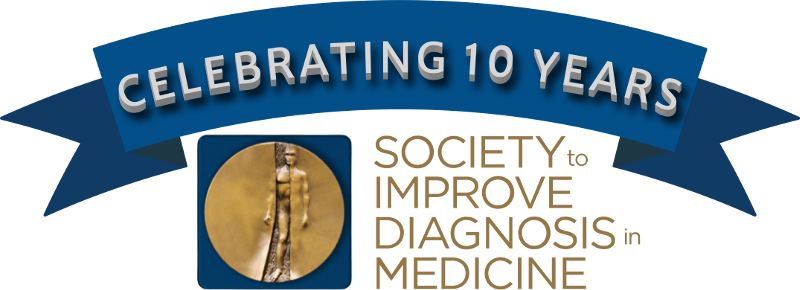Interview with David E. Newman-Toker, MD, PhD
Professor of Neurology, Ophthalmology, & Otolaryngology, Johns Hopkins University School of Medicine
Director, Division of Neuro-Visual & Vestibular Disorders, Department of Neurology, Johns Hopkins Hospital
Director, Armstrong Institute Center for Diagnostic Excellence, Johns Hopkins Medicine
Celebrating 10 Years of SIDM
Interview by Susan Carr | Senior Writer, ImproveDx

David E. Newman-Toker, MD, PhD
Q: How has being involved with SIDM influenced your practice or work?
A: SIDM has been an integral part of my life for the past decade. Its mission, methods, and members have all been tightly intertwined with the work that I have been pursuing in my own career as a diagnostic error researcher and long-time advocate for diagnostic excellence in medicine. SIDM has become the focal point for applying my own passion and energy towards our shared vision of creating a world where no patients are harmed by diagnostic error. Put simply, SIDM feels like home and the SIDM community feels like family—its influence on me cannot be overstated.
Q: As you think about SIDM’s 10-year history, is there a particular success or challenge you’d like to highlight?
A: I have devoted my career to diagnostic safety and quality, and I have been fortunate to serve as a Board member of SIDM since it was founded in 2011. Looking back now, as my Board term of service draws to a close, I have witnessed countless challenges and a multitude of successes. But from my perspective, there has been no bigger milestone than SIDM’s securing of the National Academy of Medicine’s (then, the Institute of Medicine) 2015 report on Improving Diagnosis in Healthcare. When the SIDM Board of Directors and a few key thought leaders met for our first strategic planning meeting, we left with only one strategic goal—an Institute of Medicine report on diagnostic error. SIDM led the charge, advocating for the report politically, recruiting partners, and raising hundreds of thousands of dollars in philanthropy to finance its creation, because we envisioned how impactful it could be for the movement… and we were not disappointed.
Q: Where would you like to see the SIDM community focus its influence and resources in the next five years?
A: Serving as SIDM’s President from 2018-2020, I had the privilege of helping to guide the development of SIDM’s current Strategic Plan. The plan places three pillars—People, Practice, and Policy—at the center of SIDM’s goals and objectives. I believe that this three-legged stool represents a solid foundation for SIDM’s continued success moving forward. SIDM should grow and develop individual and institutional leaders committed to diagnostic excellence (People). SIDM should identify and test solutions that promote diagnostic quality for patients today (Practice). And SIDM should establish a firm base of political support that funds research towards novel solutions, while simultaneously creating structural incentives for their use, that together ensure diagnostic safety for patients tomorrow (Policy). As the SIDM community confronts challenges we will undoubtedly face, we must never forget our purpose—patients and their loved ones. They deserve nothing less from us than the full engagement, partnership, and commitment to diversity and inclusion embodied in the motto “nothing about us without us,” as we all work together to co-create a world free of harm from diagnostic error.

